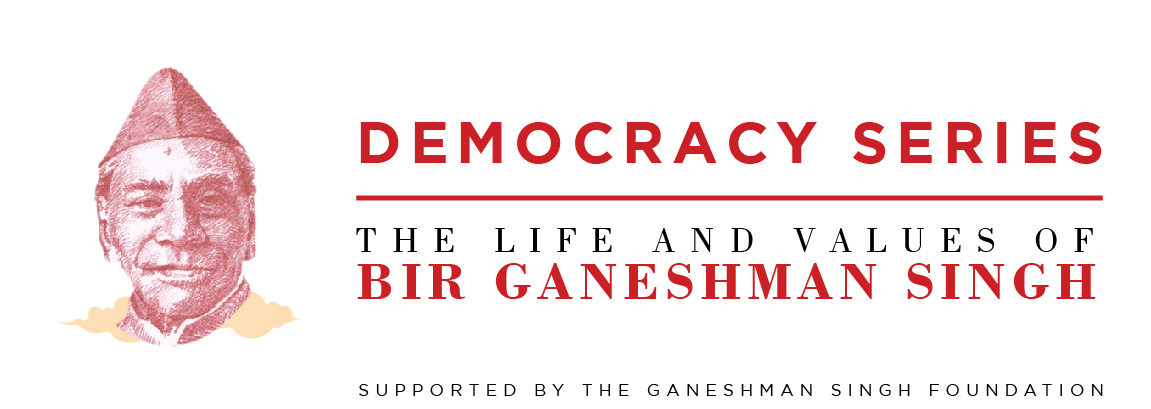Outcome of the 1985 Satyagraha:
After shouldering the responsibilities of the party, Ganesh Man Singha advised party members to not remain passive anymore. Similarly a nationwide “Satyagraha” (Civil Disobediene) movement was launched in 1985. Although the movement lasted only around one month, an estimated 15,000 members took part in it. Several members were detained and arrested – many for more than 14 months.
The movement was largely symbolic because of the following factors:
- Earlier, B P Koirala would advise Nepali Congress to not go against or show solidarity with the king. The Satyagraha Movement marked a point of departure from the principle.
- B P Koirala was also insisted that Nepali Congress should not join hands with the communist forces who were also protesting against the Panchayat. The Satyagraha Movement marked a point of departure from this principle as well.
- Lastly, the protests also showed that the people of Nepal were hungry for democracy, and if need be, they would join the protests – a source of strength for future planned protests.
A new wave of global political trend:

Members arrested during the Satyagraha weren’t released all at once. Therefore, the party could not launch any other movement during the next fourteen months. However, Singh ensured that crucial time wasn’t wasted – he dedicated himself to understanding the political patterns of the rest of the world. And he came upon the conclusion that “democracy in Nepal was inevitable”.
He said, “A wave of democracy is coming. It will come soon, very soon”.
“We are being surrounded by stories of democratic revolutions emerging victorious. Earlier, after the Second World War, countries fought against their colonizers – and the political trend at the time was that. Colonised nations were gaining their independence. In the sixties, lots of nations were stripped of their democratic status –however, that too is changing. Earlier people believed that development of a country is easier if they are autocratic in nature, however that viewpoint is changing. Lots of countries are fighting for their democratic status, and eventually they will win. Western countries like the US, UK, Canada and Germany etc are supporting countries fighting for democracy. Now is the time for us to be active as well”, he shared.
Dialogues with King Birendra:

Meanwhile, as Ganesh Man Singh studied and analysed global political patterns and trends, he continued to maintain regular dialogues with King Birendra.
At the same time, Girija too, was holding regular dialogues with King Birendra – and was becoming increasingly convinced with King Birendra’s promise for democracy in Nepal.
During party meetings, Girija would urge party members to consider King Birendra’s proposal. Similarly, youth leaders such as Sher Bahadur Deuba, Bipin Koirala, Shiv Bahadur Khadka, and Ram Chandra Poudel, began to actively advocate for King Birendra’s support within the party. They believed that democracy would not be possible without the support of the king. However, Singh and Krishna Prasad Bhattarai sat down Deuba and Poudel to explain to them that the scenario was not likely, and could be counter-productive.





